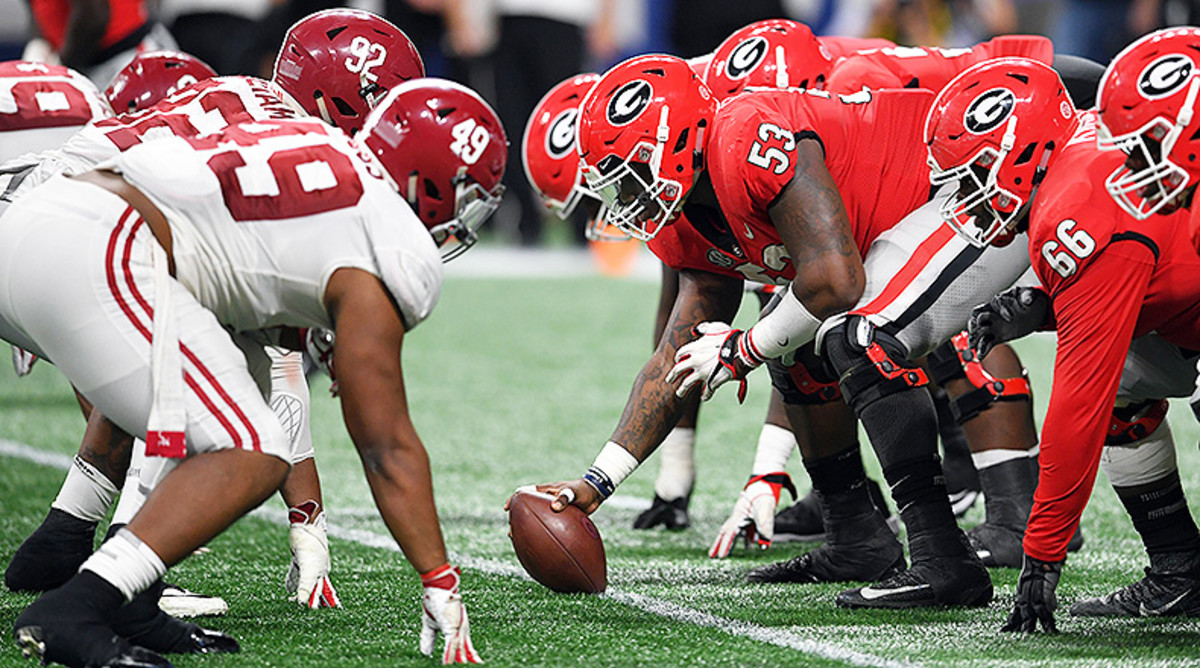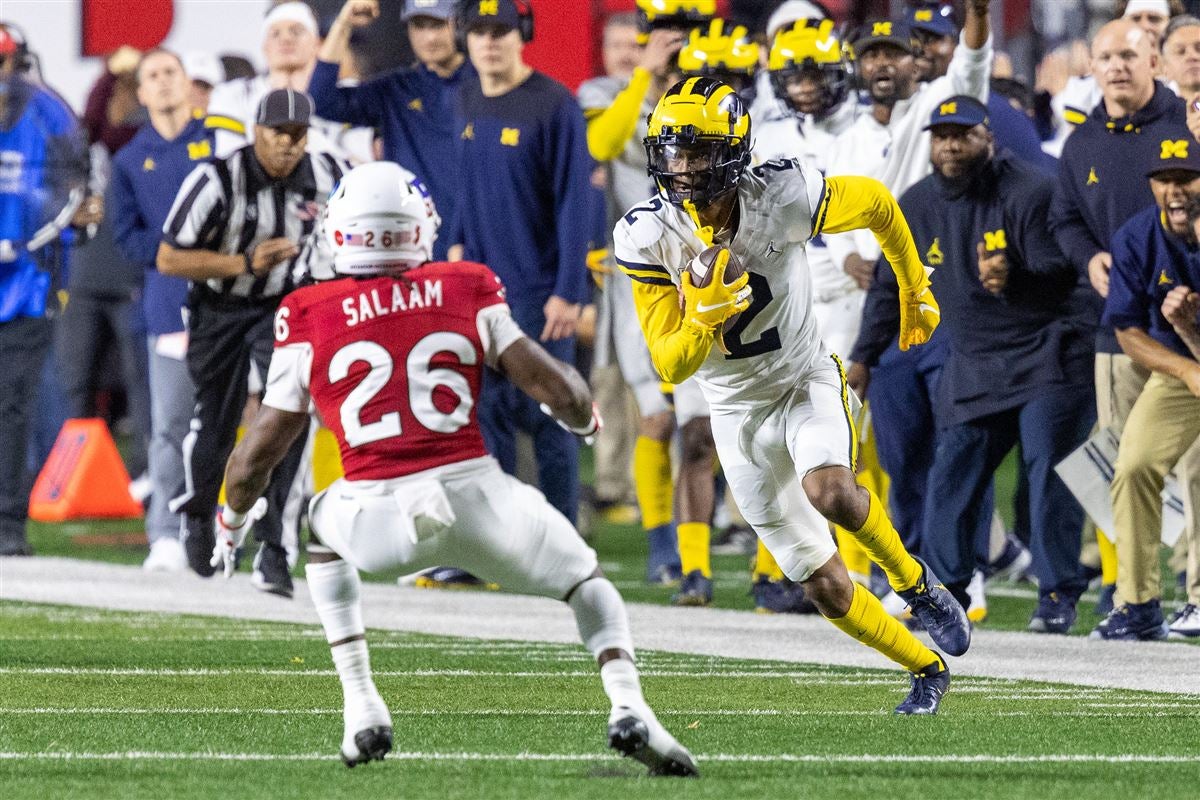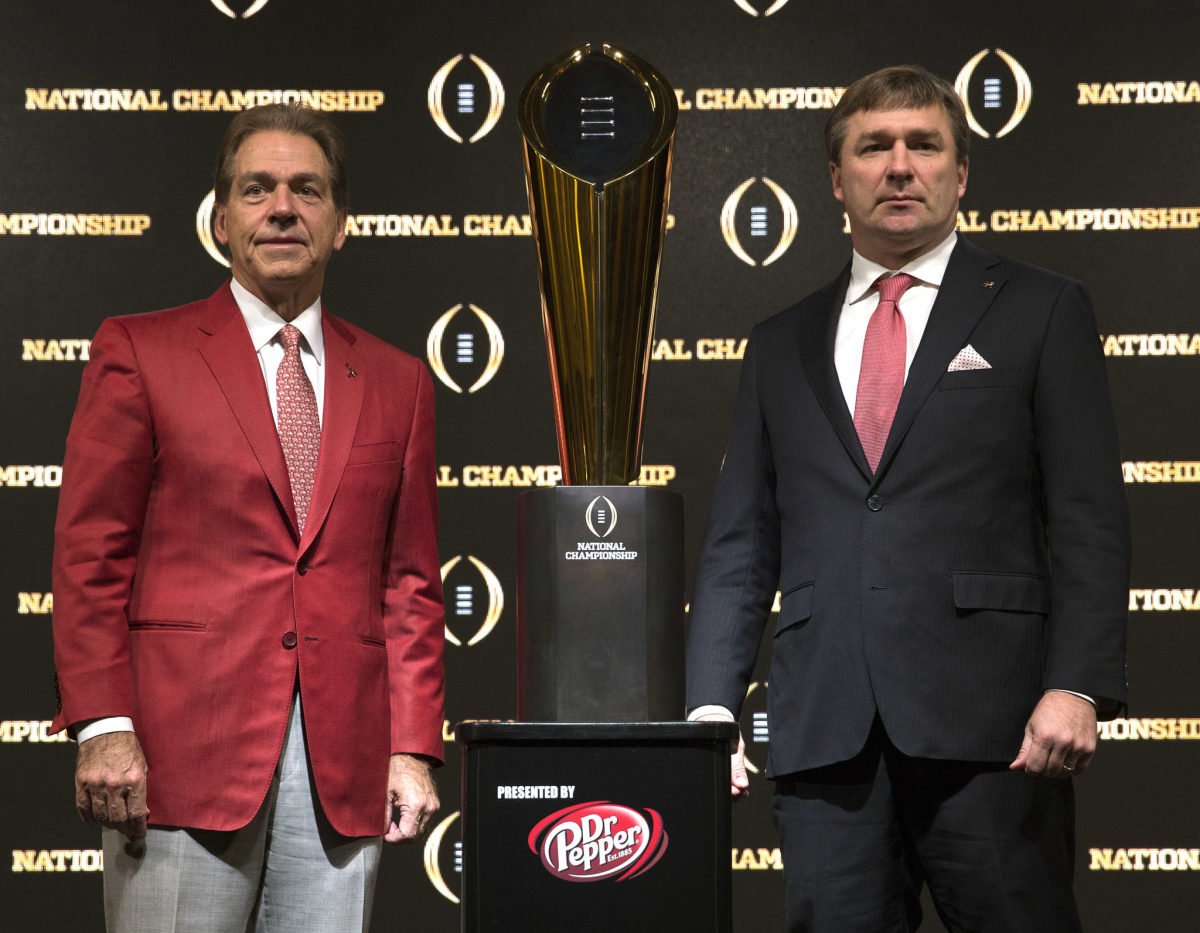National Signing Day: The Impact of the New December Signing Period Schedule

The latest news surrounding National Signing Day indicates a shift in the timeline, with the December signing period moving up to a few weeks before the conference championship games commence. This adjustment aims to provide a brief window for signings before the transfer portal opens, although most announcements are anticipated on the first day of the three-day period.
However, a decision on adding a potential third signing window in June has been postponed until at least the summer of 2025, as reported by ESPN's Pete Thamel. With the current calendar layout, the early signing period is expected to commence on December 4 this year.
Rivals national recruiting director, Adam Gorney, offers insights into the benefits and drawbacks of this modification, questioning the implications it may have on the recruiting calendar, decision-making timelines, and the demanding schedules of coaches during this intense period.
One notable positive aspect of this adjustment is the alleviation of the December rush for coaches who must navigate conference title games, bowl preparations, the coaching carousel, the early signing period, and the imminent transfer portal opening. This rescheduling allows for a slightly less hectic December, albeit with some unforeseen consequences that will need addressing.
Moreover, the increased focus on the College Football Playoff has somewhat diminished the significance of conference championship games in the seeding process for the tournament. This shift means that coaches may have more opportunity to concentrate on finalizing their recruiting classes without the do-or-die pressure previously associated with these games.
By moving the signing period before the transfer portal opens, high school recruits gain a sense of power in their decision-making process. They can commit and sign with schools before college players enter the portal, requiring high school coaches to prioritize these prospective athletes. However, this scenario also introduces risks for recruits who may face uncertain outcomes should unexpected changes occur post-signing.
The proposed solutions to streamline the recruiting process include exploring alternative signing dates, eliminating the December signing period, and reinstating a February signing period post-portal activity. An open signing calendar could offer flexibility for prospects to choose when to sign, rather than adhering to fixed timelines.
While the revised timeline may seem advantageous for coaches, it potentially disadvantages prospects who could face recruitment challenges post-signing. The lack of clarity amidst coaching changes and uncertainty surrounding portal activities could hinder the decision-making process for high school players, ultimately impacting their collegiate choices.
In conclusion, the decision to move up the December signing period may provide some relief for college football coaches, but it raises concerns regarding its impact on prospects. The evolving recruitment landscape necessitates a balance between coaching needs and the best interests of aspiring student-athletes.



